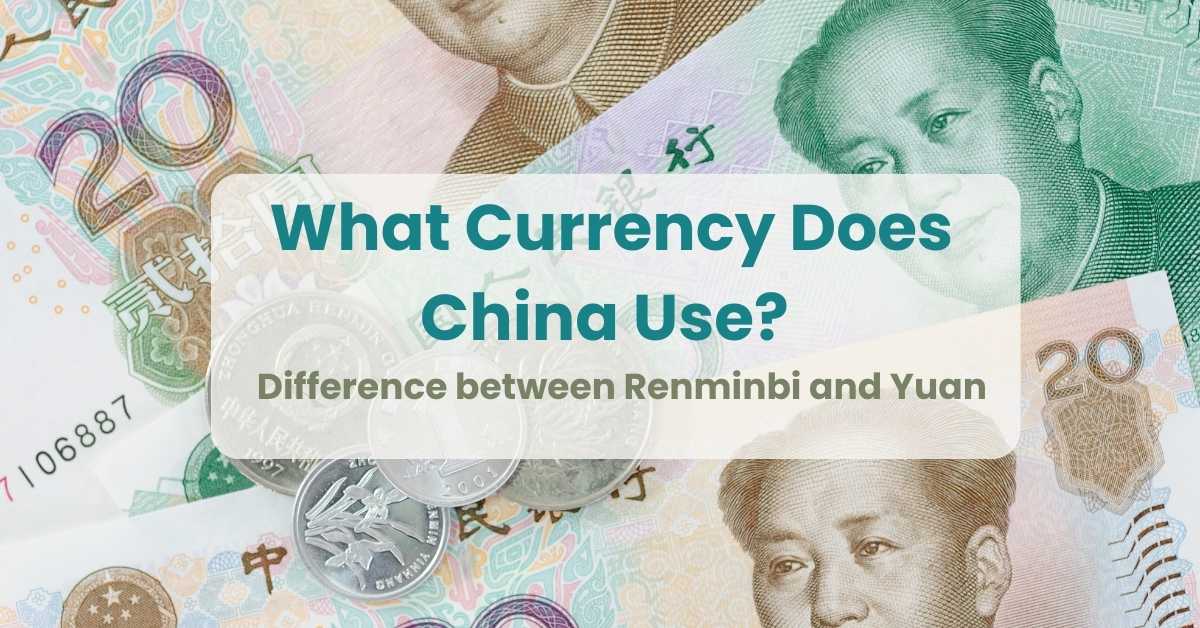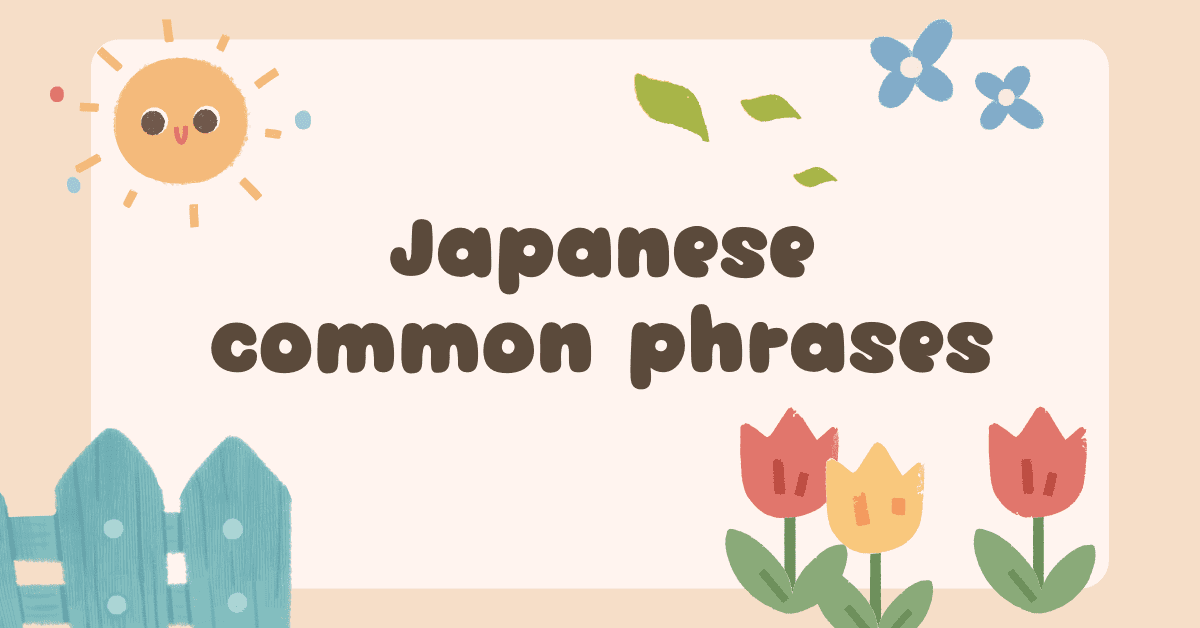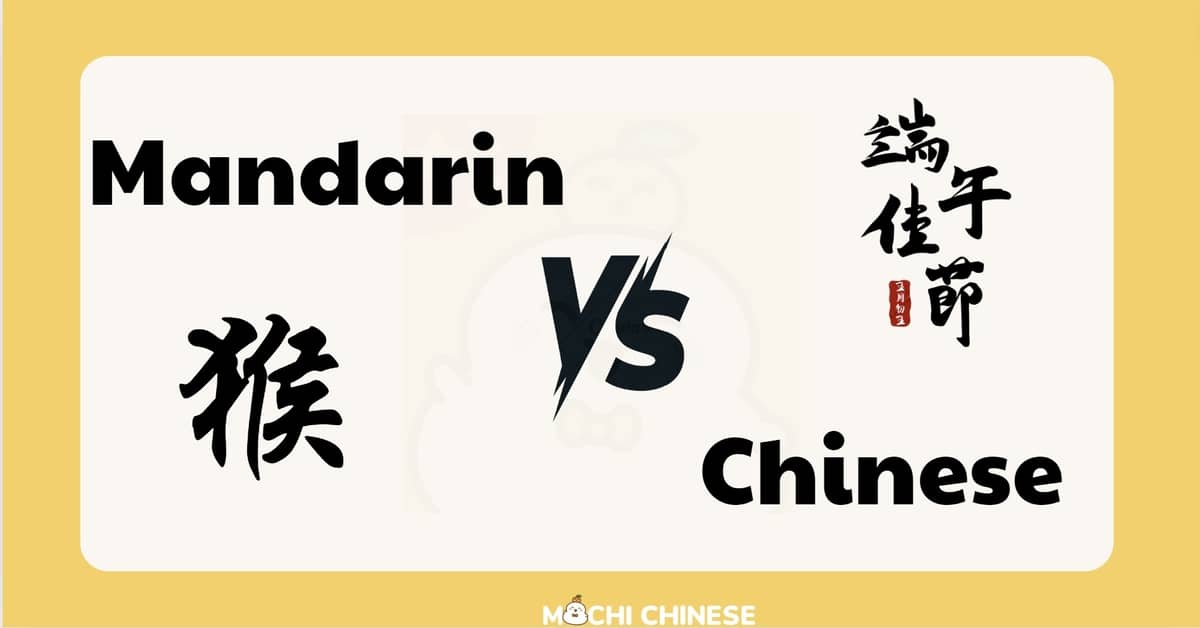Since Chinese and Mandarin are widely misconstrued and used interchangeably, it is important to recognize the distinction between Chinese and Mandarin. There is a link between Mandarin and Chinese, but the difference between Chinese and Mandarin is fairly clear. Mandarin is a variation of Chinese. Mandarin is one of the dialects of Chinese alongside Shanghainese, Cantonese, Hakka, and many more.
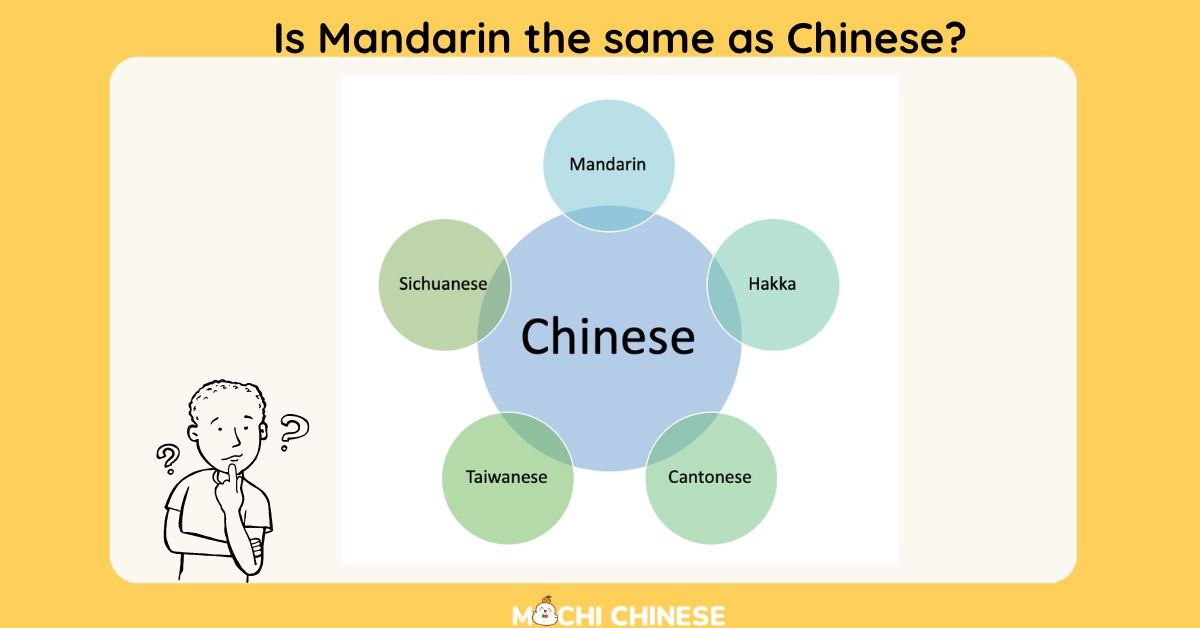
What is Mandarin?
Definition and Origin
Mandarin is a specific dialect of the Chinese language, while Chinese refers to a group of related languages and dialects spoken in China. When the Qing Dynasty fell in 1912, the Republic of China maintained Mandarin as the official language. It was renamed “Putonghua” 普通话 in 1955 by the government of the People’s Republic of China. It is a standardized form of spoken Chinese based on the Beijing dialect of Mandarin. It is the official language of Mainland China and is spoken by most of the population.
Geographical Spread
Mandarin is a set of Sinitic languages that speak natively in most of China’s north and southwest. The dialect of Peking, the basis of Standard Chinese phonology, is included in this group. The group is frequently referred to as Northern Chinese. The name Mandarin reflects the language of Beijing’s imperial court. It is spoken in the Nord, Central, and Southwest areas of China.
Mandarin is by far the largest dialectic grouping in the Chinese region, stretching from the Yunnan region of the southwest through Xinjiang in the northwest to Heilongjiang in the northeast. In comparison with the hilly South, the better movement and connectivity in the North China Plain, together with the recent relative extension of Mandarin into frontier areas, are sometimes attributed to it. Most Mandarin varieties include four tones. The ultimate stops of the Middle Chinese have mostly been lost, while some of the varieties have been combined as the last stop. Today, Mandarin is the official language of mainland China and Taiwan, as well as one of four official languages of Singapore.It is spoken at school, government, media, public places, etc.

Mandarin and Other Chinese Dialects
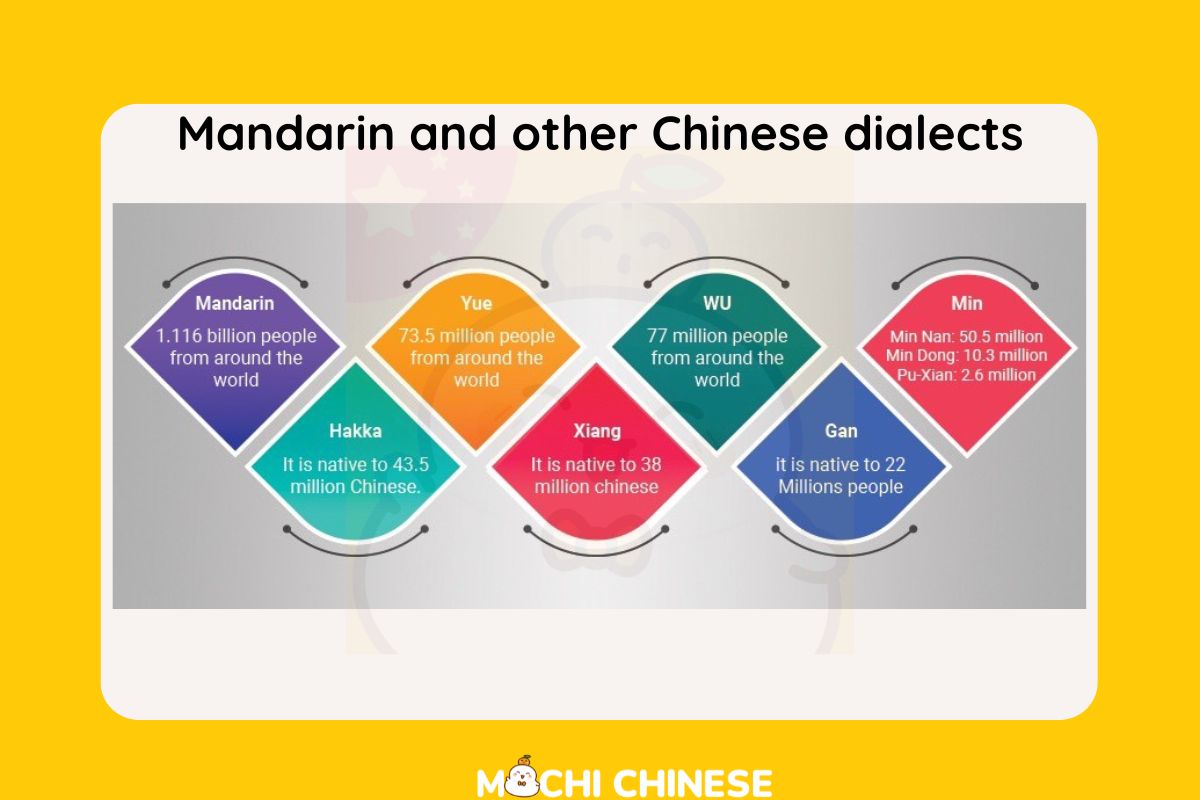
Comparison Mandarin with Cantonese
Mandarin differs significantly from other Chinese dialects such as Cantonese, Shanghainese, and Hokkien. For instance, Cantonese is prevalent in Hong Kong and parts of Guangdong province, while Shanghainese is spoken in the Shanghai region, and Hokkien is common in Taiwan and Fujian province.
Mandarin: Originating from Northern China, Mandarin, also known as Putonghua or Guoyu, is the most widely spoken Chinese dialect. It is the official language of China, Taiwan, and one of the official languages of Singapore. Mandarin is spoken by over 70% of Chinese speakers and is prevalent across a vast region from the Northeast to the Southwest of China.
Cantonese, or Yueyu, originates from the Guangdong province in Southern China, including Hong Kong and Macau. The strength of Cantonese speakers in the country does not exceed 5%. It is also spoken by significant Chinese communities in Southeast Asia and among the Chinese diaspora worldwide. Cantonese maintains a strong cultural presence, particularly in Hong Kong.
Linguistic Features
Phonetics and Pronunciation:
- Mandarin is distinguished by its four tones, which are essential for meaning. The tonal system is crucial in distinguishing meaning between words that otherwise have the same phonetic pronunciation.
- Cantonese: Cantonese is known for its rich tonal system, comprising six to nine tones depending on the region. This complexity makes Cantonese particularly challenging for learners but also allows for a greater diversity of syllable combinations and meanings.
Grammar and Syntax:
- Mandarin: Mandarin grammar is relatively straightforward with a subject-verb-object (SVO) structure. It employs fewer particles and has a simpler system for forming questions and negations.
- Cantonese: Cantonese also follows an SVO structure but uses a greater number of sentence-final particles to convey various nuances and emotions. This makes Cantonese grammar more context-dependent and expressive.
Vocabulary and Usage:
- Mandarin: Standardized Mandarin vocabulary is uniform across different regions due to its official status and use in education, media, and government.
- Cantonese: Cantonese vocabulary includes many colloquial expressions and slang, especially in Hong Kong. There are significant lexical differences between Cantonese and Mandarin, often requiring separate learning for each dialect.
The Role of Mandarin in Modern China
Official Language
Mandarin is the official language of the People’s Republic of China, Taiwan, and one of the four official languages of Singapore. Its standardized form is based on the Beijing dialect and is taught in schools, used in government, and is the primary language of media.
- Education: Mandarin is the medium of instruction in educational institutions across China. From primary schools to universities, students are taught in Mandarin, ensuring a consistent and standardized educational experience. This promotes national cohesion and equal opportunities for all students regardless of their regional background.
- Government and Administration: Mandarin is the language of government and legal proceedings. Laws, official documents, and governmental communications are all conducted in Mandarin. This standardization is crucial for the smooth functioning of the nation’s administrative apparatus.
- Media and Communication: National news broadcasts, newspapers, and online content predominantly use Mandarin. This widespread use in media helps to unify the country’s vast population, providing a common channel for information and cultural exchange.
Cultural Significance
Mandarin plays a crucial role in unifying China, a nation with a rich tapestry of regional languages and dialects. It fosters communication and cohesion, allowing people from different parts of the country to interact effectively.
- National Identity: Mandarin fosters a sense of national identity and pride. It is a symbol of unity and a means to preserve and promote Chinese culture and traditions. Through Mandarin, literary works, historical texts, and modern media contribute to a shared cultural heritage.
- Cultural Exchange: Mandarin is a bridge for cultural exchange both within China and internationally. It enables communication and interaction between different ethnic groups within China, promoting mutual understanding and cultural integration.
- Literature and Arts: Modern Chinese literature, film, and music are predominantly produced in Mandarin. This creates a vast repository of cultural products accessible to the majority of the population. The use of Mandarin in arts and entertainment helps disseminate Chinese culture globally.
Learning Mandarin as a Beginner
Learning Mandarin is beneficial for anyone interested in Chinese culture, business, and travel. It opens doors to understanding China’s rich history, engaging in its dynamic markets, and navigating its diverse landscapes.
- Cultural Insight: Mandarin provides deep insights into Chinese history, literature, and traditions, enriching your understanding of one of the world’s oldest civilizations.
- Business Opportunities: China’s booming economy makes Mandarin an essential skill for international business and trade, enhancing career prospects.
- Travel and Communication: Mandarin is spoken by over a billion people. Knowing the language enhances travel experiences and facilitates communication with Chinese speakers worldwide.
Basic Phrases and Pronunciation: To get started, here are some basic Mandarin phrases:
- 你好 (nǐ hǎo) – Hello
- 谢谢 (xièxiè) – Thank you
- 对不起 (duìbùqǐ) – Sorry
- 再见 (zàijiàn) – Goodbye
Focus on mastering the tones, as they are crucial in Mandarin pronunciation and meaning.
Resources for Learning Mandarin
Recommended Learning Tools
Embarking on the journey to learn Mandarin requires the right tools to build a solid foundation and maintain consistent progress. For beginners, language apps like Mochi Chinese, which offer spaced repetition and interactive exercises, are highly recommended. Additionally, textbooks such as “Integrated Chinese ”, “HSK Standard Courses” provide structured learning. With the right resources and consistent effort, learning Mandarin can be an enjoyable and rewarding experience.
Tips for Effective Learning
Consistent Practice: Dedicate time each day to practice Mandarin, even if it’s just for a few minutes. Consistency is key to language acquisition.
Immerse Yourself: Surround yourself with Mandarin by watching Chinese movies, listening to Chinese music, and reading simple books or articles. This enhances your listening skills and cultural understanding.
Set Realistic Goals: Break down your learning process into manageable milestones. For example, start with mastering basic greetings, then move on to common expressions and everyday vocabulary.
Use Flashcards: Platforms like Mochi Chinese help reinforce vocabulary through spaced repetition (SRS), ensuring long-term retention. Using SRS improves memory because reviewing at appropriate intervals takes advantage of the brain’s ability to remember long-term. Mochi Chinese will be based on the learner’s learning history, using the SRS algorithm to find the golden time to review, avoid reviewing clear words too many times and do not review unclear words. Vocabulary in the app appears in the form of flashcards with illustrations, pinyin, audio, and example sentences to help learners deeply understand the meaning, pronunciation, and context. Combining the SRS method with the flashcard will bring the most optimal results.
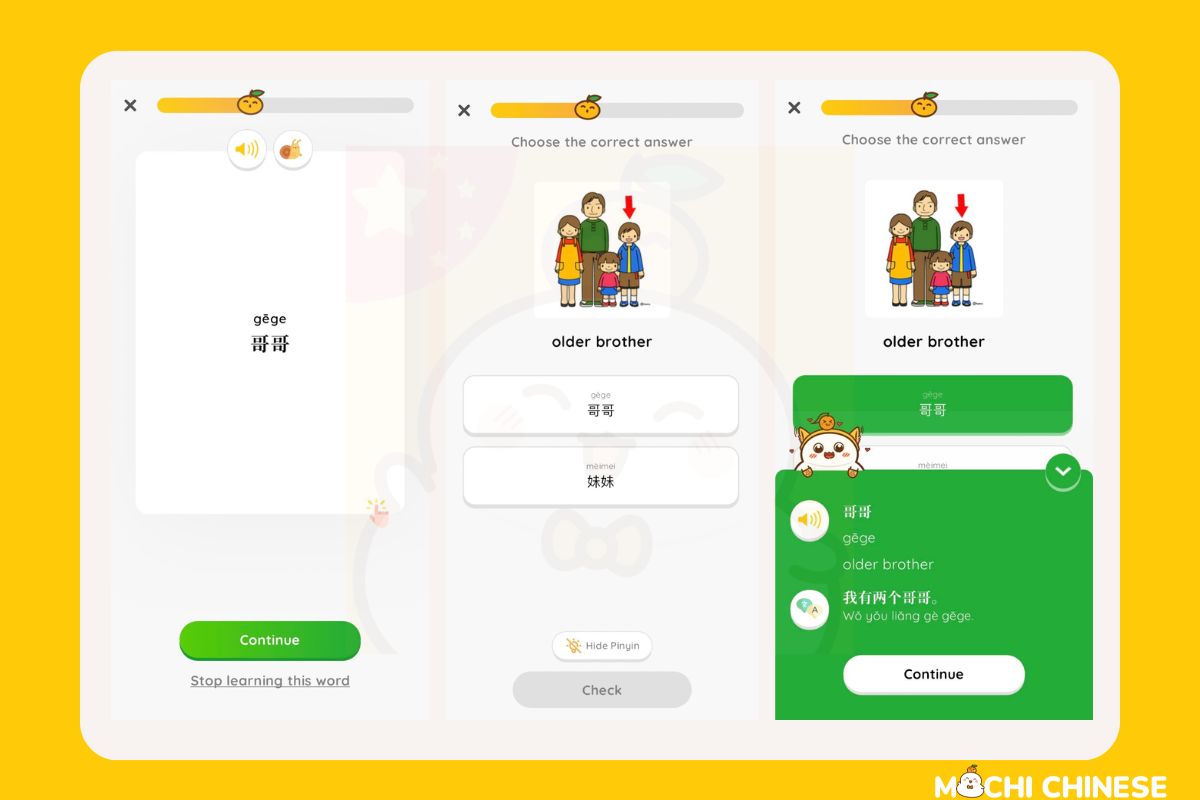
Conclusion
Mandarin is not only a key to understanding Chinese culture and society but also a valuable skill in the global landscape. With the right resources and dedication, learning Mandarin can be an enriching and rewarding experience.

